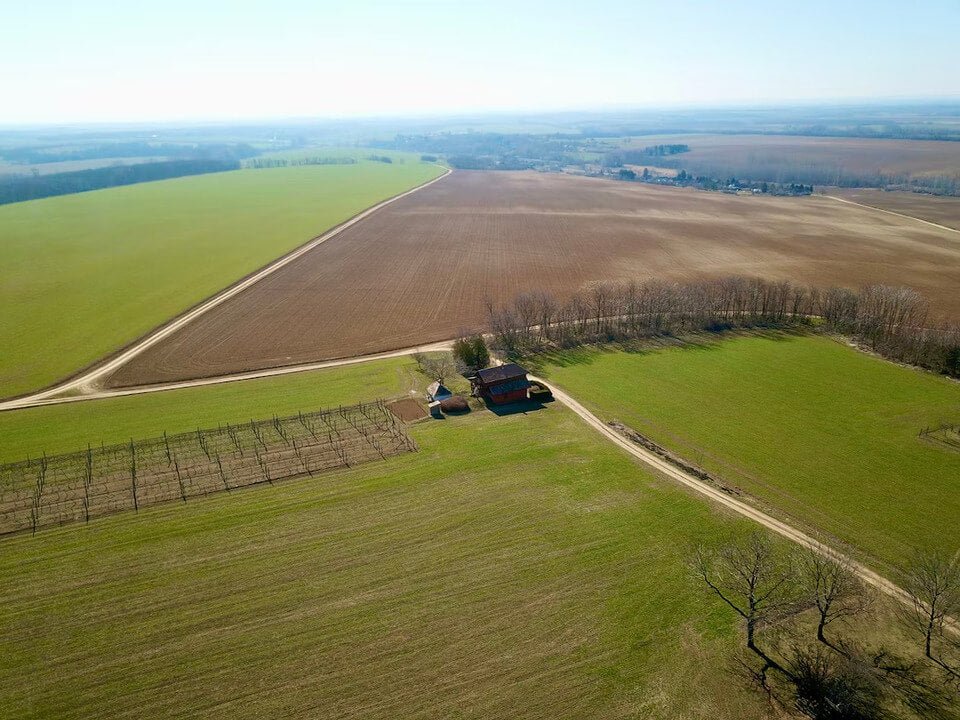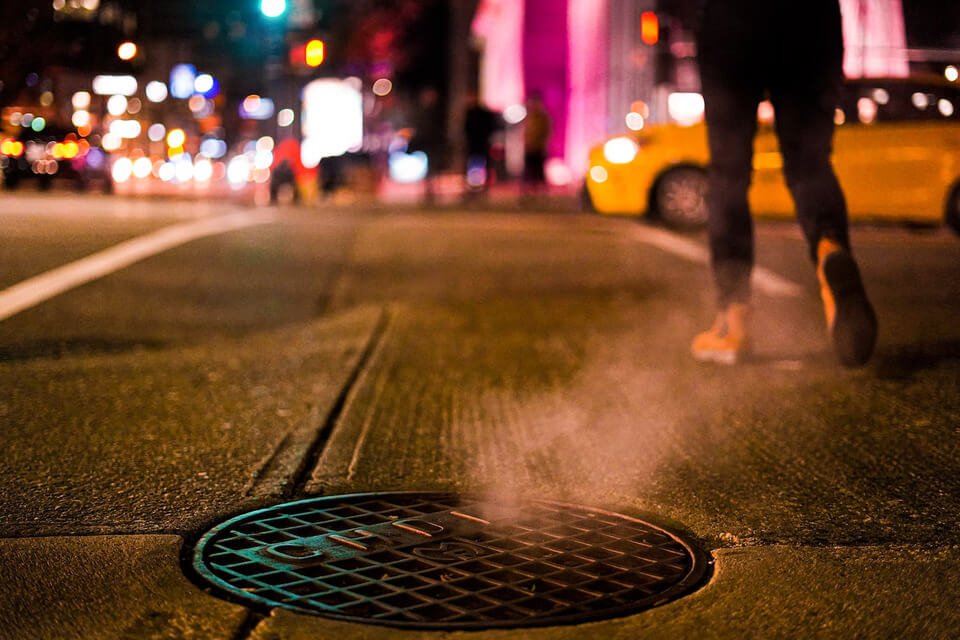Erosion control is the practice of reducing or preventing the erosive effects of water, wind, and other natural elements on man-made structures, such as buildings and roads, as well as natural environments, such as hillsides and river banks. Erosion prevention techniques and products seek to prevent soil loss and surface erosion.
Erosion control is a critical task for construction companies and landowners to protect against the negative impacts erosion can cause. Techniques such as vegetation planting, sediment barriers, and the construction of retaining walls are used to achieve erosion control and erosion prevention. These methods help prevent soil erosion which ultimately protects against loss of soil fertility, landslides, and damage to infrastructure.
Proper erosion control requires a well planned strategy that not only accounts for short-term effects but also considers long-term protection. Taking proactive steps by implementing erosion prevention techniques can aid in preserving natural resources while protecting our land from this natural process.
In this post, we will take a closer look at the impacts of erosion and the latest erosion control methods and products for land development applications.
Why is Erosion Control Important?
Reliable erosion control methods, along with sediment control, are important for a number of reasons.
Soil erosion can lead to the formation of gullies and other soil structure features that are unsightly and difficult to maintain. This can make a landscape project look unprofessional and can be costly to repair.
Erosion can cause significant damage to the environment. Soil erosion can cause a loss of soil fertility, which can make it difficult for plants to grow and can reduce the productivity of agricultural land. When soil is eroded, it can pollute waterways and harm wildlife. In addition, erosion can cause costly damage to infrastructure, such as roads and buildings.
Excessive sediment in water bodies can also cause a number of problems. For example, it can reduce the amount of light that reaches aquatic plants, which can limit their growth and decrease the overall productivity of the ecosystem. In addition, sediment can also smother fish eggs and other aquatic life, which can lead to a decline in fish populations.
Another reason to implement erosion control measures is to comply with regulations. In many areas, construction companies are required by law to implement measures to prevent soil erosion on or around construction sites. Failing to do so can result in fines and other penalties. By showing a commitment to protecting the environment and complying with regulations, a construction company can improve its public image and potentially attract more business.
How Can You Help Control Soil Erosion?

There are several ways to help control soil erosion, including:
Installing Ground Stabilization GeoCells
For advanced soil erosion control, ground stabilization GeoCell technology is a crucial component of many construction projects. This technology is particularly important in areas where the soil is unstable or prone to movement, such as on slopes or near bodies of water.
Vodaland's GeoCells, for example, uses a network of interlocking 4” cells, or grids, that can be filled with any sort of aggregate to reinforce the ground, provide stability and prevent erosion.
Planting Vegetation
Covering the soil with vegetation, such as grass or ground cover plants, can help hold the soil in place and reduce the amount of water that runs off the soil surface. This can be especially effective on slopes and in areas where erosion is a problem.
Building Terraces
Terraces can be built on slopes to create a series of level areas that can help slow down water runoff and prevent erosion. This can be an effective way to reduce erosion on steep slopes where other methods may not be as effective.
Using Erosion Control Blankets
An erosion control blanket (sometimes called erosion control matting) is a temporary or permanent cover, placed over the soil to protect it from erosion. These blankets are typically made of biodegradable materials, such as straw or coconut fiber, and can be effective in areas where vegetation is not yet established.
Constructing Retaining Walls
Retaining walls can be built to hold back soil on steep slopes and prevent it from eroding. These walls can be made of a variety of materials, such as concrete, wood, or stone, and can be an effective way to control erosion on steep inclines.
Soil Erosion Control Solutions From Vodaland
Vodaland understands that beauty and safety go hand-in-hand. That's why we developed our GeoCell Systems. Perfect for a wide range of terrain challenges, GeoCell systems are easy to install, long-lasting, and able to hold any type of aggregate or filling.
Our team is available to answer any questions or address concerns about GeoCell systems, and provide top-notch expertise in this area. Ultimately, our goal is to help you create stunning built environments that will last for years to come. Contact us today!


Leave a comment
This site is protected by hCaptcha and the hCaptcha Privacy Policy and Terms of Service apply.